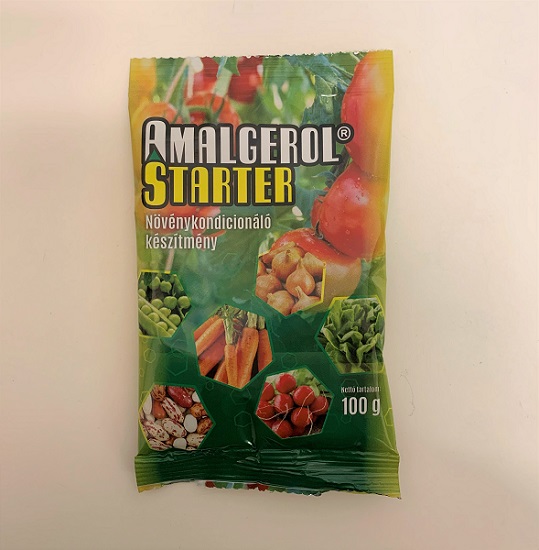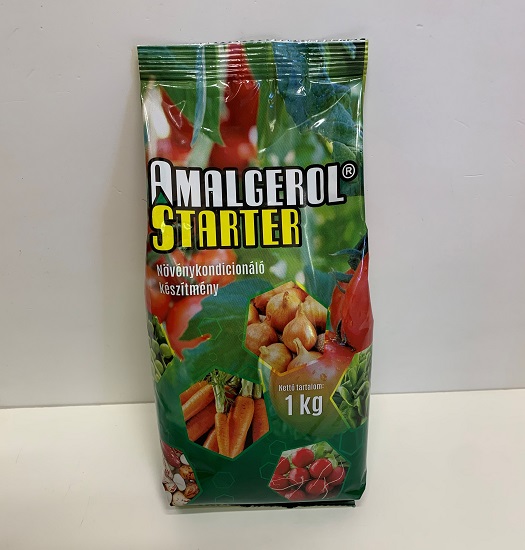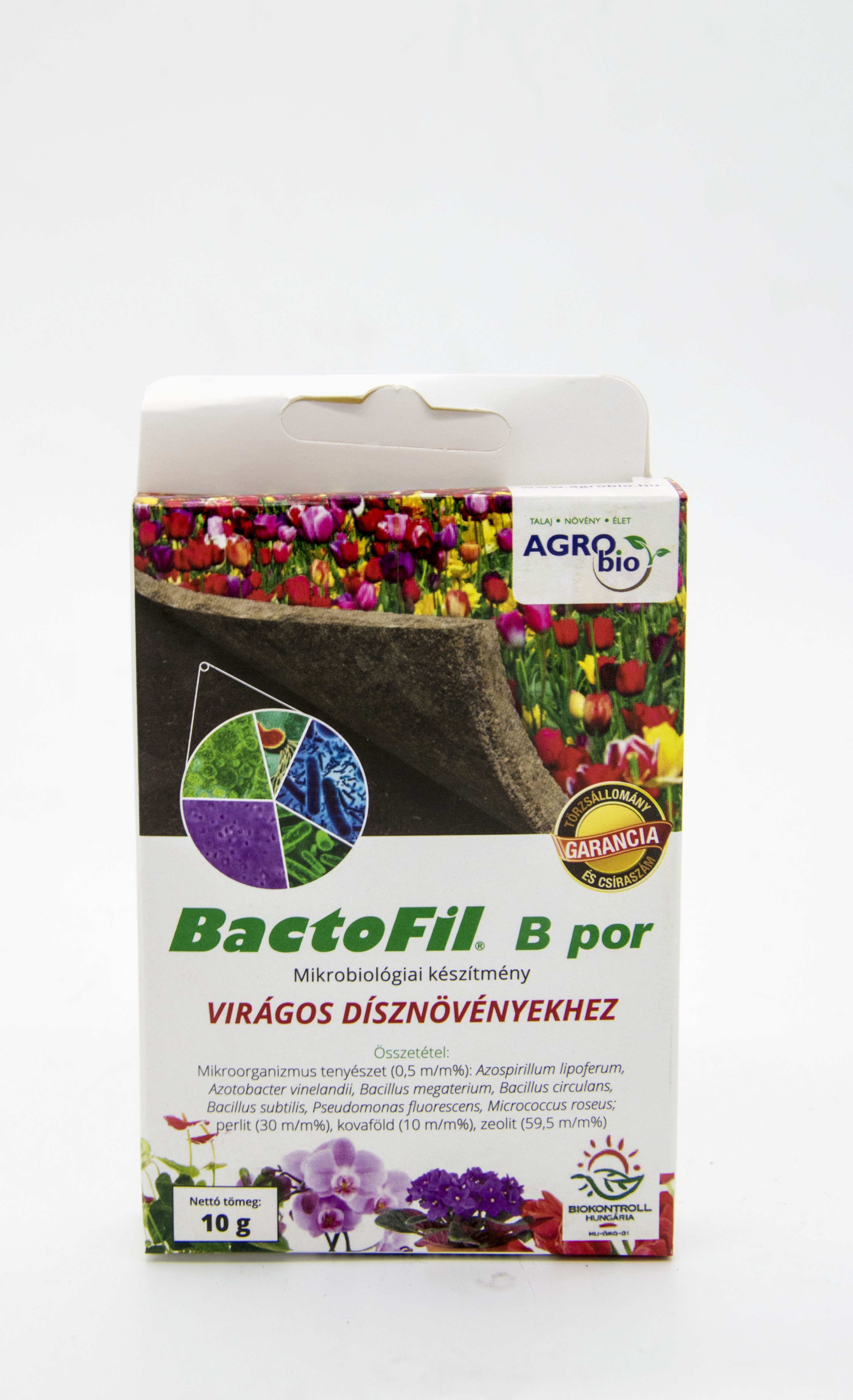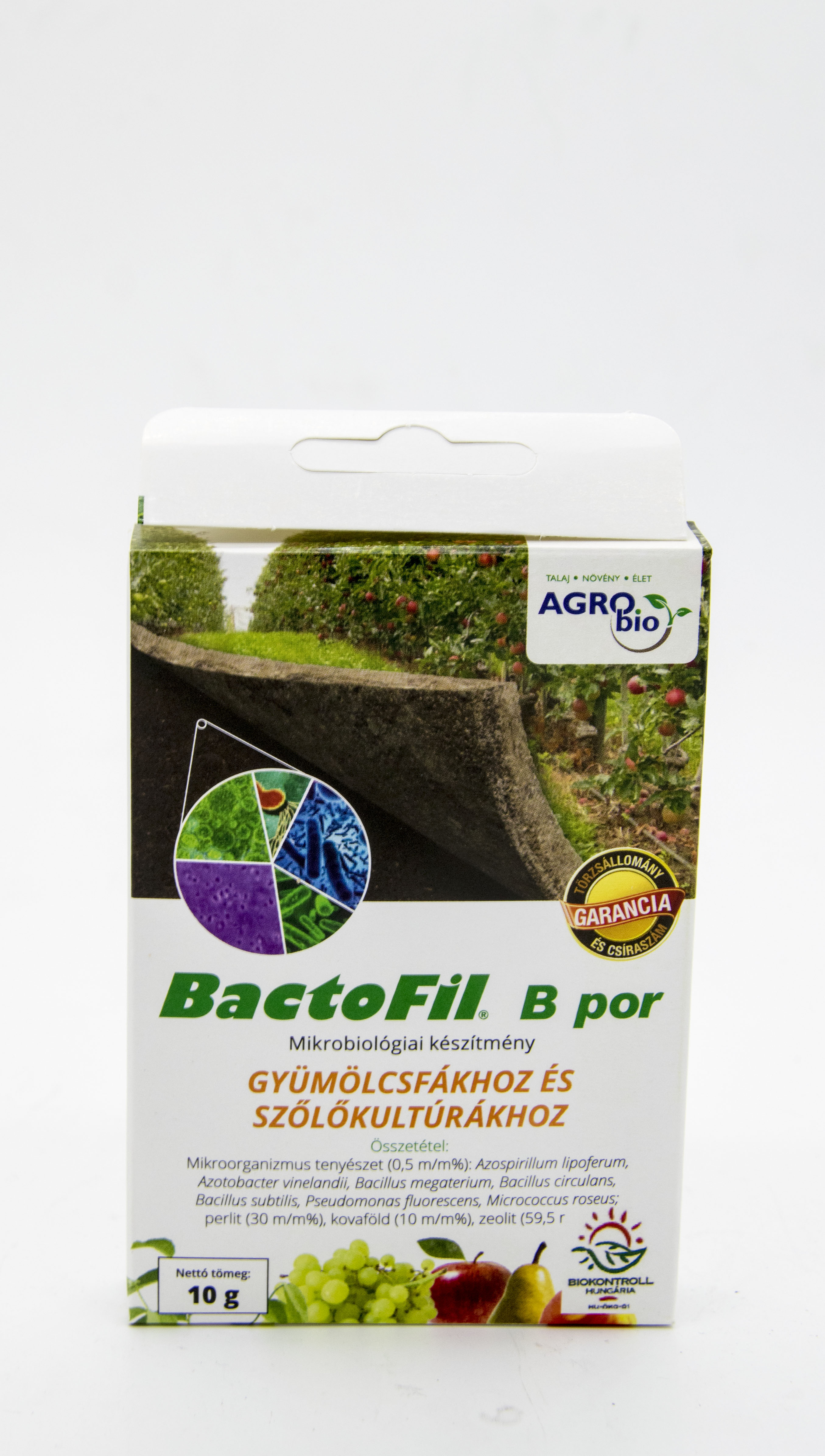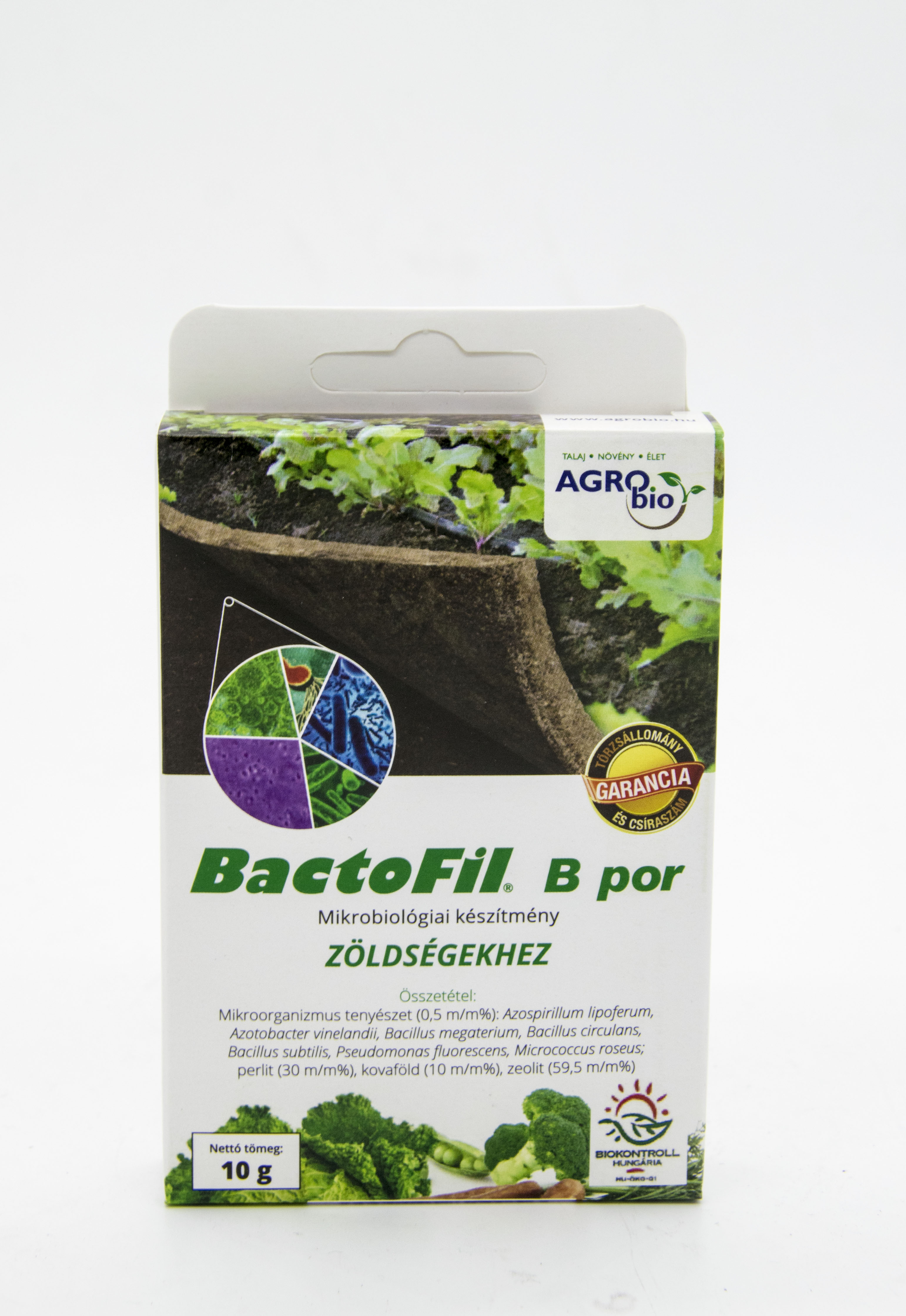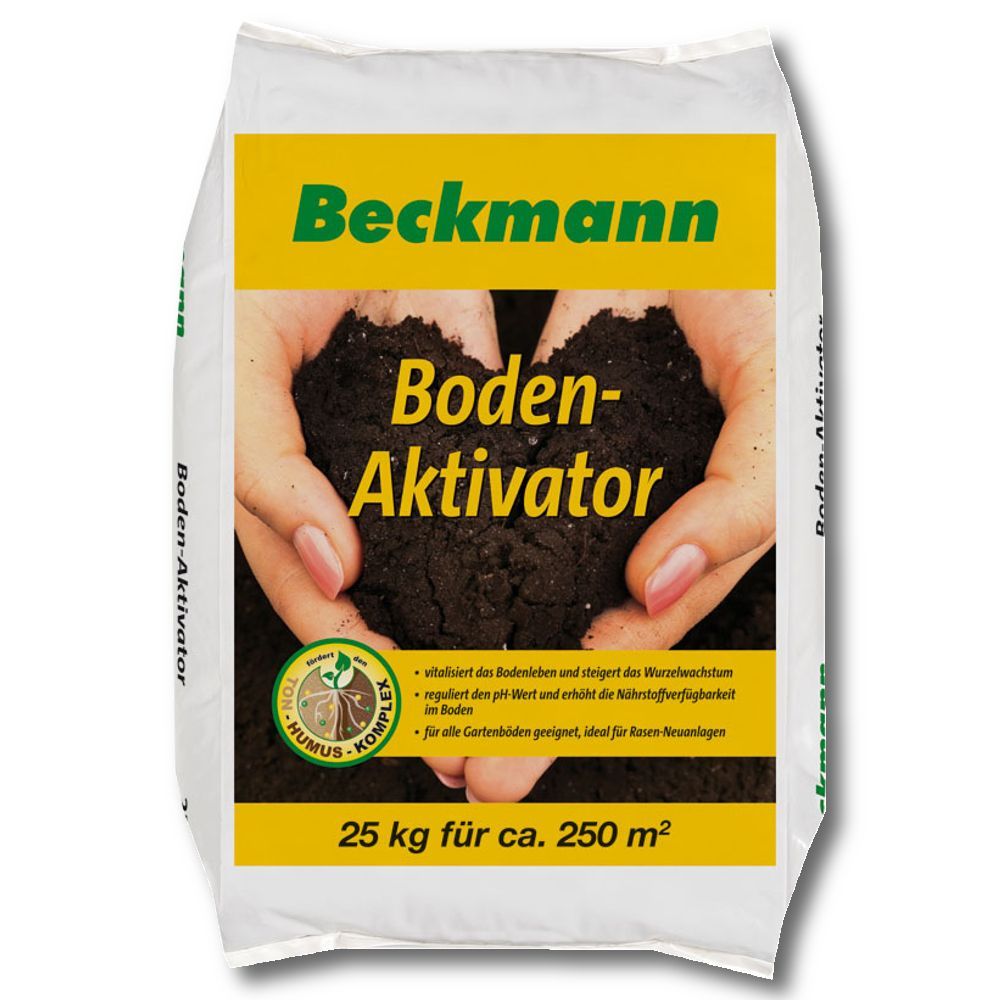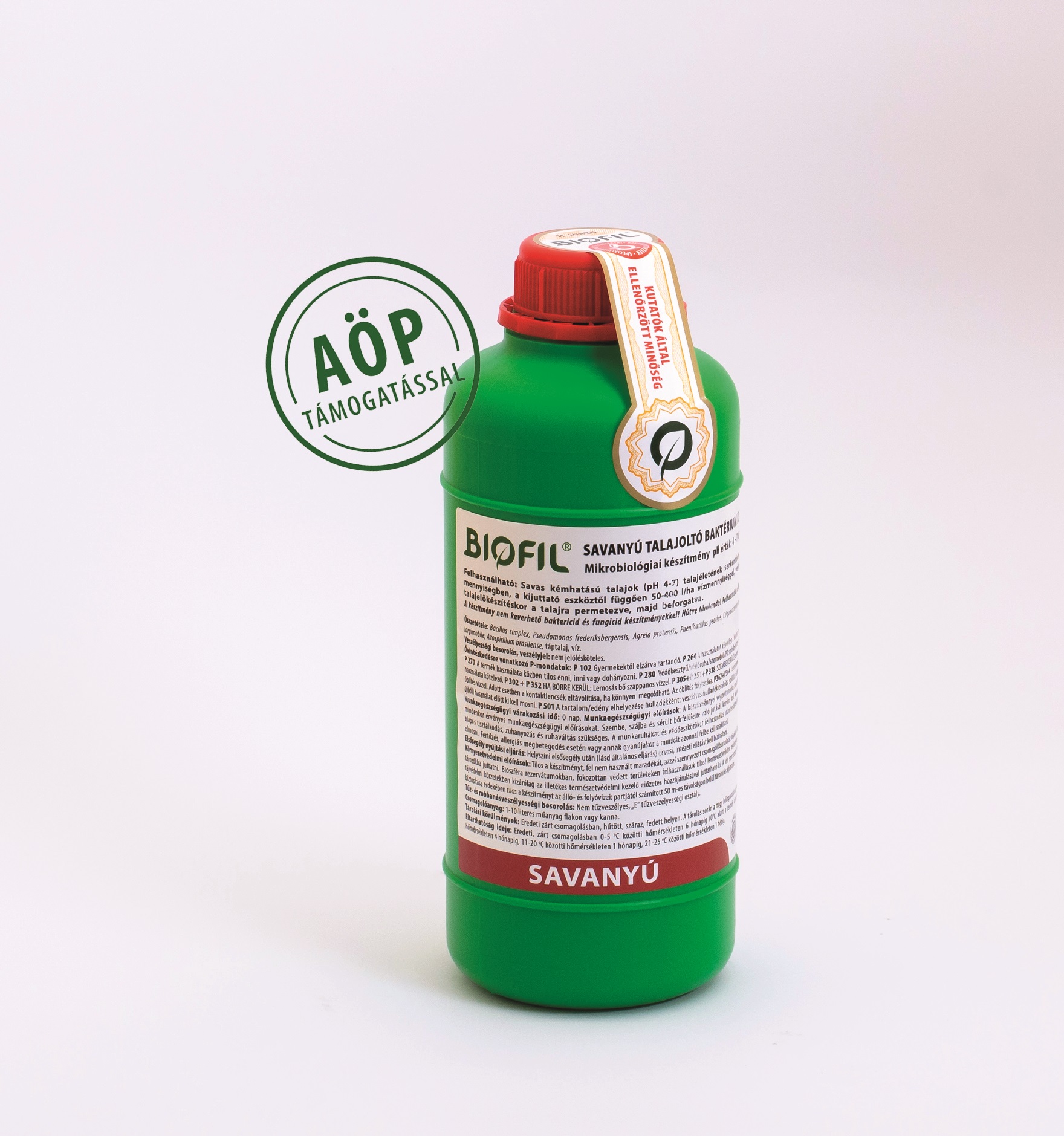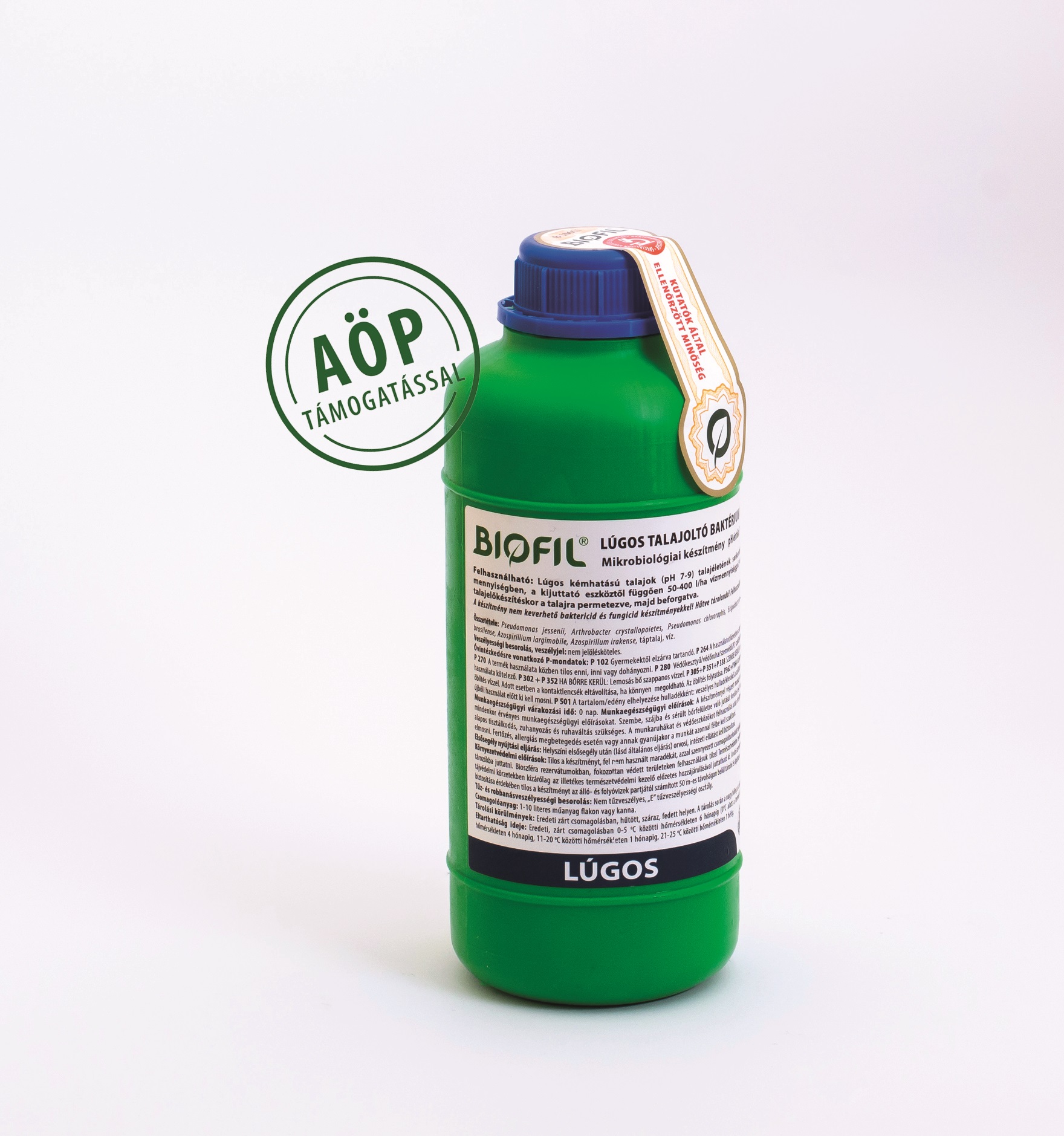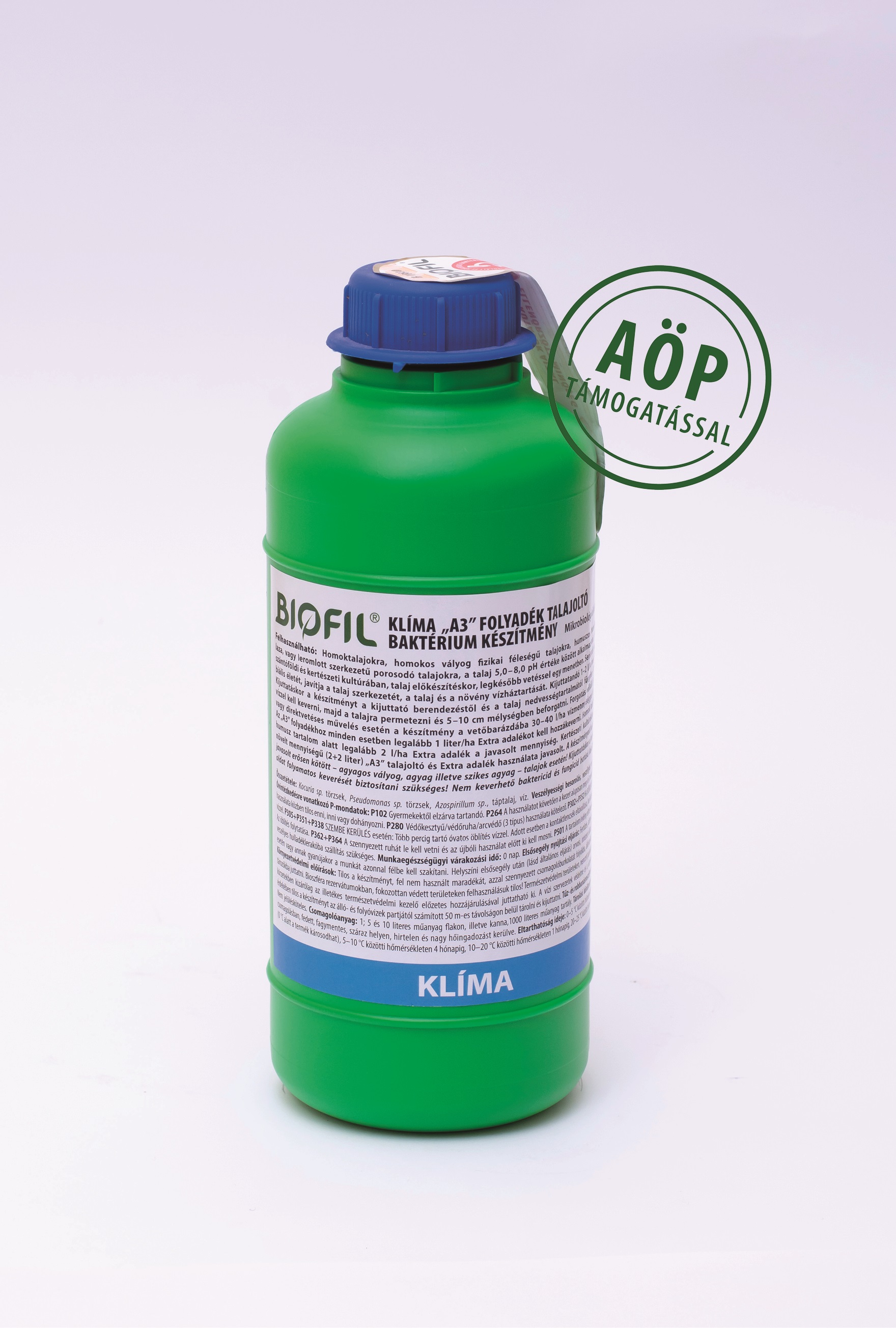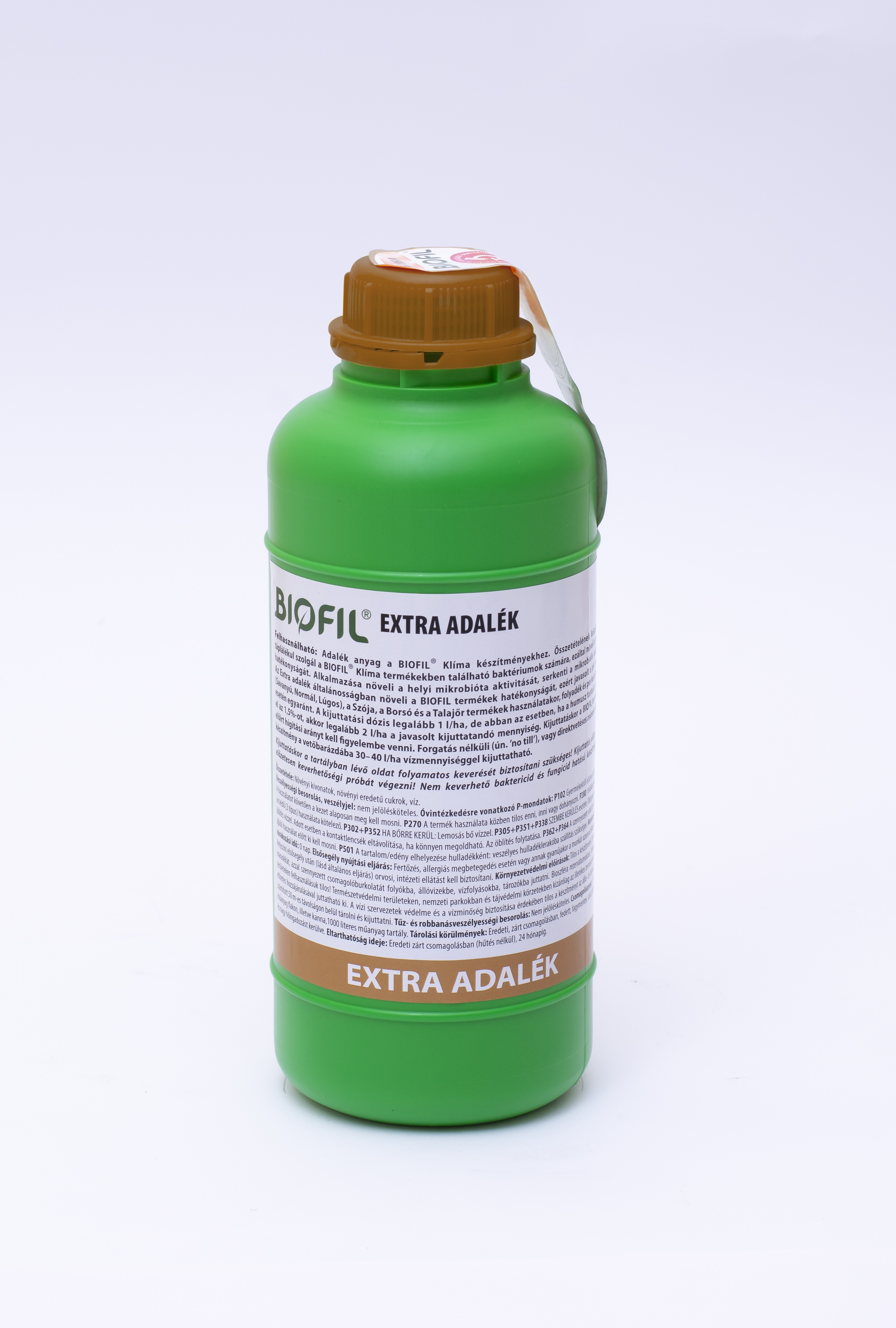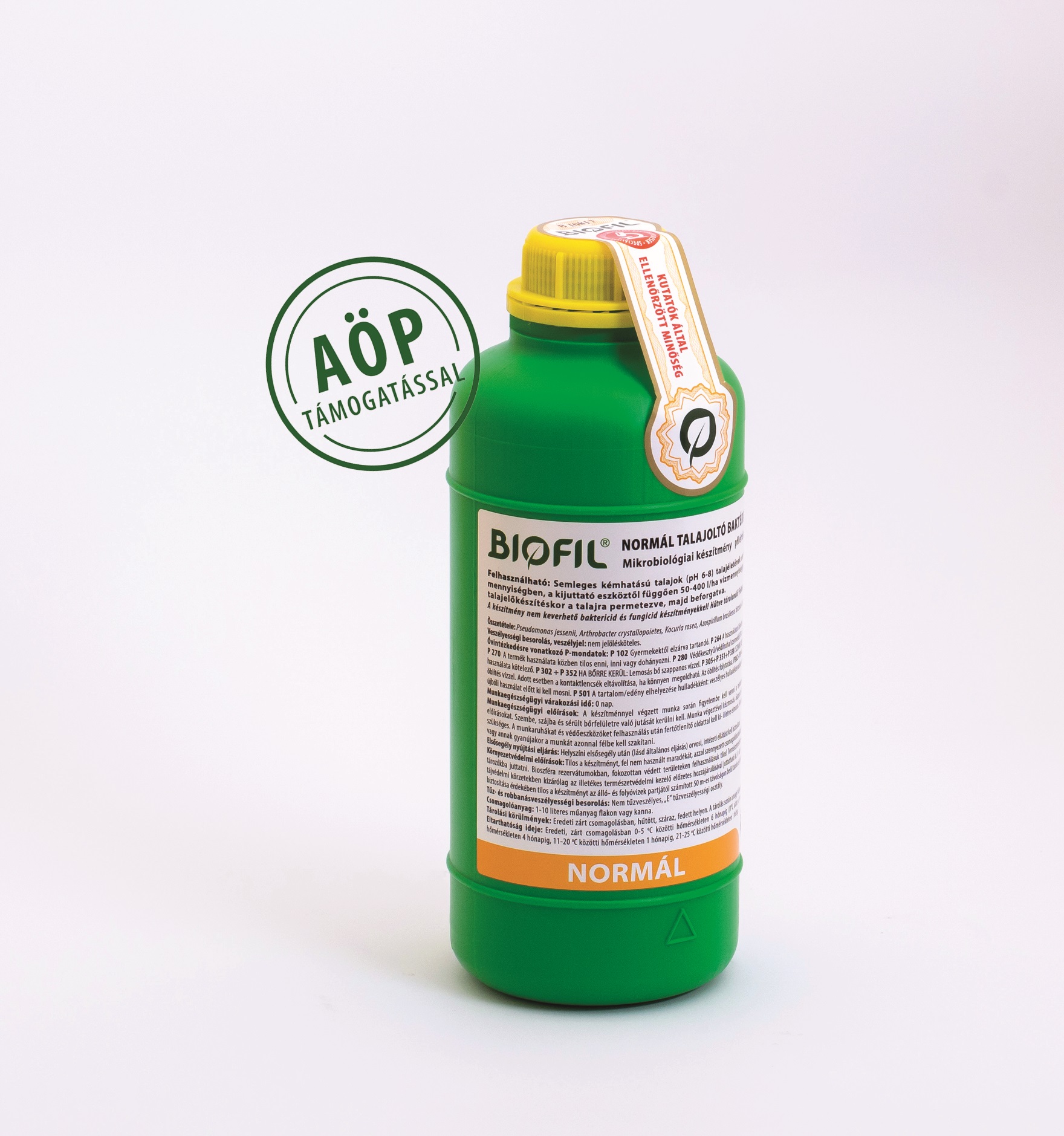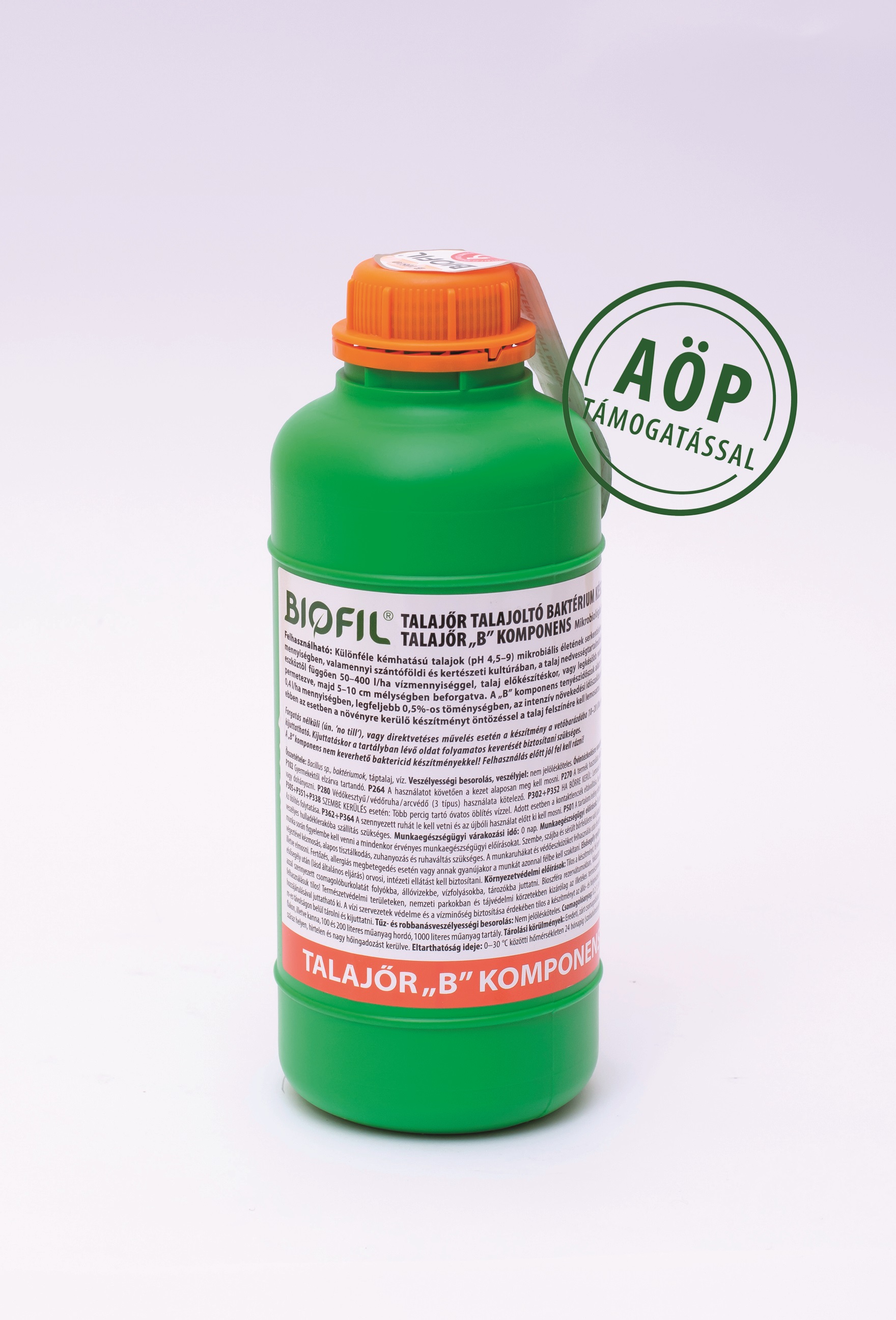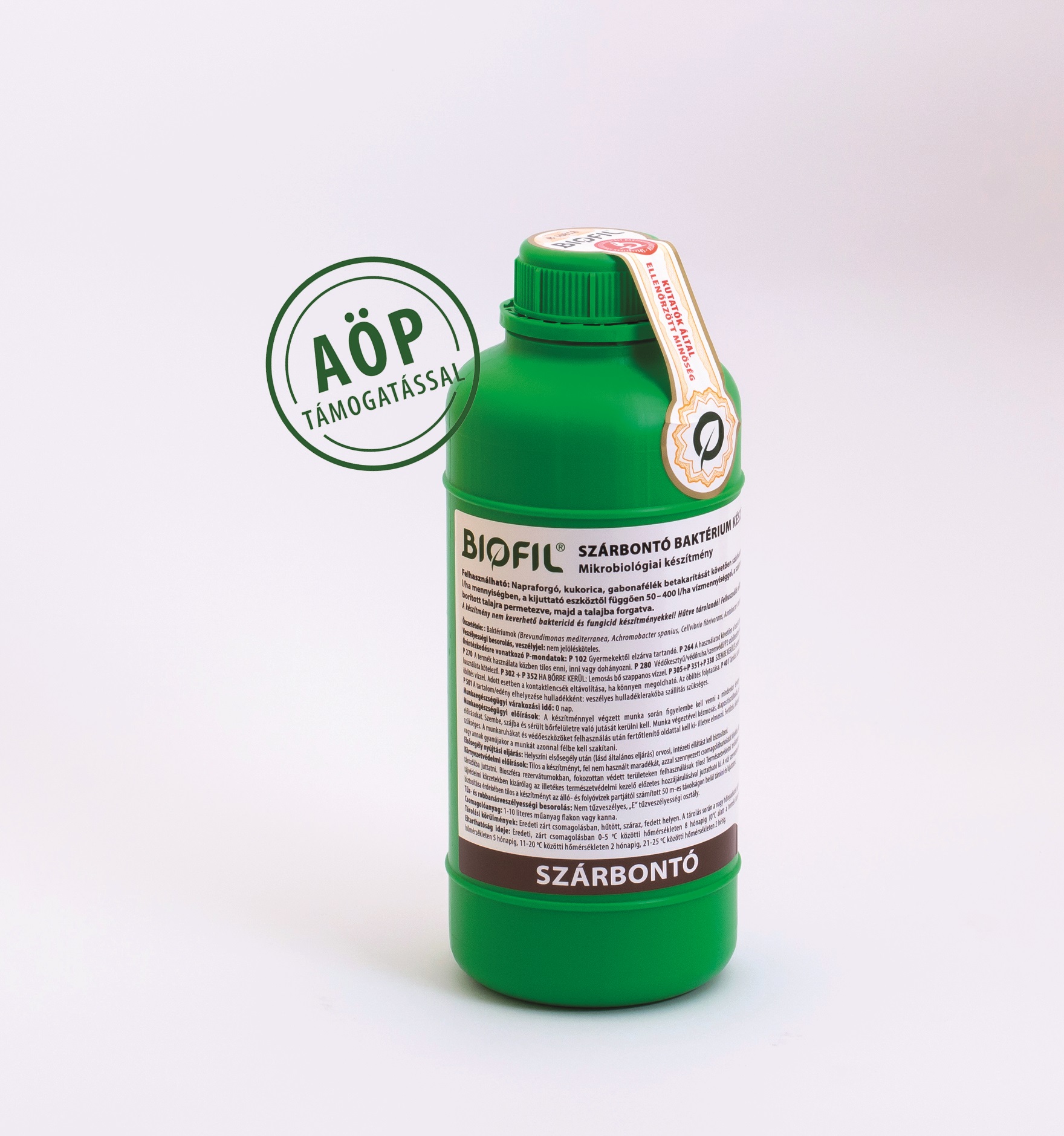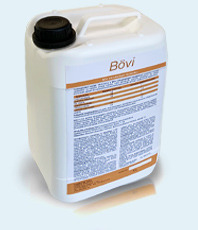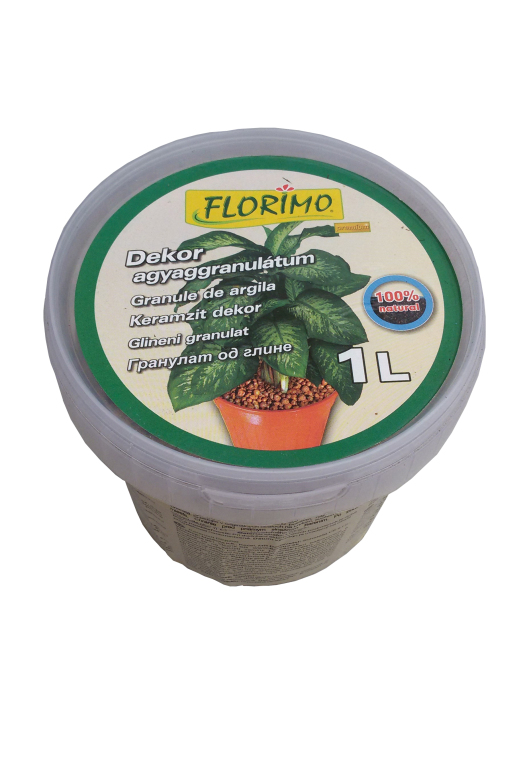- Wine and chemical products
- Foil, mesh, bag, plastic product
- Machine
- Gardener for seedlings
- Garden accessory
- Plant protection product
- Irrigation and pond technology
- Organic and fertiliser
- Expert advice
- Promotions
- Textbook
- Service
- Potting soil, peat, soil conditioner
- Seeds, onions, tubers
- Tools, protective equipment
- Our stores
- Cultures
- Manufacturers
- Magazin
Filter
Potting soil, peat, soil conditioner
Potting soil, peat, soil conditioner
Good quality topsoil is vital for plants. As well as absorbing water and nutrients, it also plays a major role in root anchorage. A good quality potting medium, potting compost, has a good water and air balance and a good structure. It has a loose texture, absorbing water easily, but also retaining it and allowing excess water to drain away easily. Ornamental plants, houseplants, balcony plants, evergreens, ornamental shrubs, herbs, vegetables and fruits (e.g. Strawberries, for example), it is particularly important that the growing medium has these good qualities, as it must grow, take root, shoot, foliage and flower in relatively little medium in the pot, and in the case of vegetables and fruit, produce a high quality and abundant fruit, juicy and rich in vitamins. One important characteristic of potting media and potting soils is their chemistry, or pH. We distinguish between type A soils, which are acidic (pH 4-6), type B soils, which are neutral (pH 6-7), and type C soils, which are more alkaline (pH 7-8). Some types are also supplemented with a permanent fertiliser.
Other media
For houseplants kept in aquaculture (e.g. Lechuza), we also offer clay granules which act as root fixers and water retaining medium. Hydroponics, also known as hydroponics, is very popular in office buildings, shopping centres, hotels, restaurants, event spaces where large decorative houseplants are required with low maintenance and no expertise. These plants only need to be fed with a liquid nutrient solution recommended for houseplants. As they grow, they may need to be transplanted into larger containers. Clay pellets, which can also be used for decorative purposes, are a good way of doing this.
Water culture is not only suitable for houseplants, but also for vegetables. Today, modern greenhouses are used almost exclusively for intensive vegetable production on alternative media, such as rockwool or coconut fibre duvets. An excellent substitute for peat, which is becoming increasingly scarce, is coconut fibre, which is in fact a waste product and therefore not as much of an environmental concern as peat. The pressed coconut husks, coconut bricks, swell to many times their volume when soaked in water, and are suitable for seed sowing, cuttings and soil loosening.
Horticultural perlite is a rock of volcanic origin. Available in a variety of particle sizes. It is heat-treated during manufacture, so it is guaranteed pathogen-free, weed-free and sterile. Perlite is used worldwide, mainly in commercial horticulture, as a loosening agent in planting beds, improving air and water management. It can also be used alone for rooting. Horticultural perlite is neutral in pH, light in weight, stable in texture and nutrient free. In addition to horticultural use, it is also recommended for home use in cottage gardens for seedling establishment, rooting and loosening of houseplants (e.g. orchids) that require loose media.
In addition to loosening and aerating the medium, horticultural perlite also binds and retains moisture. It protects plants from drying out without creating excess waterlogging, which causes root rot.
Vermiculite is a silicate mineral of natural origin. The mined product is ground in a similar way to perlite and then swelled at high temperatures to obtain a light granulate. The parallel silicate crystal shards increase the surface area of the material, which holds water well, and the pores between the granules hold air. Its pH varies from 7 to 9, depending on the location where it is mined. In addition, vermiculite contains potassium, magnesium and calcium.
This category also includes the water-bearing foam glass, commonly known as oasis, used in floriculture. Foam bricks, or staple foam, are an essential accessory for creative floral arrangements, be it table centrepieces, wedding car ornaments or grave decorations. It can also be used in dry flower arrangements. When moistened, it provides long-lasting moisture for live flower arrangements. Light, easy to shape and cut. Can be incorporated into bowls, boxes, baskets, wreaths.
Pine bark
Pine bark is the most popular covering material for flower and shrub beds. Pine bark mulch is not only attractive, it also suppresses weeds and reduces water evaporation from the soil. It can be made from pine or red pine, in several types of small or large fractions, or in an ideal type containing a mixture of both fractions. The high quality pine bark is heat treated and therefore free from pests, pathogens and weed seeds.
Pine or larch bark, pine mulch of various particle sizes is an excellent mulch and decorative material. Pine bark mulch prevents weeds, retains moisture in the soil, cools and shades the soil. It is particularly useful for covering the soil of acidophilous plants (pine, rhododendron). Pine bark mulch, painted in different colours, also has a decorative role; it enhances the beauty of the plants and gives a neat appearance to the flowerbeds.
Soil improver, soil conditioner
The use of soil improvers, soil and plant conditioners and soil activators is in its heyday. With naturally occurring, multiplied micro-organisms, bacteria, mycorrhizal fungi or even algae extracts and humic acids, soil life and humus formation can be improved, and nutrient and water utilisation will be better. The resistance of cultivated plants to stresses caused by extreme environmental changes and to attacks by pests and pathogens will be improved, and economic losses will be reduced. Soil structure and soil life are improved, which is of great importance not only in terms of increased yields and quality, but also from an ecological and environmental point of view.
Various soil amendments and soil and plant conditioning microbiological preparations containing algae, bacteria and other beneficial organisms play an important role in stimulating soil life, nutrient uptake and the conversion of mineral nutrients into a form that plants can absorb. By enhancing soil life, the crops grown will also be healthier, more colourful and more abundant. Grape pomace compost and various liquid humic acids help replenish soil organic matter. The water retention materials trap some of the irrigation water and rain drops, and in times of drought or drought, these trapped water droplets water our plants.
A new solid development of the well known liquid Amalgerol is Amalgerol Starter, a starter fertiliser in micro-granular form. It contains the right proportion of nutrients needed for the initial development of plants. Its high and easily absorbable phosphorus, zinc and sulphur content promotes rapid root formation. Its high potassium content improves cell permeability, which promotes the proper incorporation of nitrogen, thus facilitating the formation of essential amino acids essential for plants.
Easy to apply, granular algae preparations have a very significant rooting effect. Their high organic matter content helps to increase the biological activity of soils. Soil algae have evolved to adapt to biotopic conditions in terrestrial soils and therefore live in more extreme and rapidly changing physical, chemical and biological environments than aquatic algae. They respond to constant stress situations by producing bioactive substances beneficial to the crops they grow, thus favourably influencing plant-soil systems. The dead algae enrich the soil with organic matter, which acts as a reserve nutrient for both the crops and the micro-organisms (bacteria, fungi) that grow in the soil. Some species of soil algae can be antagonists of plant pathogens.
The regular use of soil conditioners containing beneficial soil bacteria increases plant resistance and helps to restore soil life. They can be used in all types of crops, in all cycles of cultivation. They stimulate growth, increase drought tolerance and resistance to various pathogens (e.g. various bacteria, fungi, insects, nematodes). They can be used not only for soil treatment but also as foliar fertilisers.
As early as the 19th century, it was discovered that some soil-dwelling fungi and higher plants form a mutually beneficial symbiotic root relationship. These fungi are called mycorrhizal (Greek: fungal root) fungi. Fungal filaments (hyphae) from the mycelium of the fungus invade the roots of the host plant, and the two types of organisms mutually help each other to access nutrients. The hyphal network of the microscopic mycorrhizal fungus increases the surface area of the roots of the crop plant for water and nutrient uptake. This relationship is maintained throughout the life of the plant, stimulating plant growth and disease resistance. The plant's nutrient uptake and resistance are increased by the colonised root.
Water-holding substances of organic or inorganic origin, such as Zeba, Stockosorb, Root Water, Waterbinder, are used to improve the water-holding capacity of soils and media. They are of great importance in mitigating drought damage. Some substances are also able to bind air humidity and make it available to the plant. They can be used with good results to improve the water retention of potting soils, planting media and to reduce the amount of irrigation water.
Peat
Peat is the most widely used growing medium. It is generally acidic or neutral in its chemistry and low in nutrients, making it a flexible, structure-supporting material for a wide range of crops. It is known as flat peat and shelf peat. The latter is also known as Baltic or white peat, as it is mainly quarried in the Baltic region (Lithuania, Latvia and Finland). It is a light, almost white-coloured material in which the fibrous tissue structure of peat moss is recognisable. In this group of articles you will find products of the most popular manufacturers (Kekkilä, Novobalt, Pindstrup, Klasmann, etc.) with different fibre sizes. The popular Jiffy peat disc is also included here.
Peat is an organic material with a high water content that forms in waterlogged, marshy areas. Peat is formed in boggy environments where plants are submerged after they die. The organic matter then decomposes under anaerobic conditions in the absence of oxygen. The process leading to peat formation is called biochemical carbonization. Microorganisms carry out the decomposition of organic matter. This is how peat is formed, in which the plant material is still recognisable. Depending on the degree of decomposition, the colour of the peat varies. Peat that is barely decomposed, close to the surface and light in colour is white peat. More degraded peat from the lower layers is called black peat. White peat has a fibrous texture and no plant nutrients. Black peat is earthy and has a low nutrient content.
Two types of peat are distinguished according to where it is produced. Plain peat is formed in undrained basins, lake bottoms and floodplains. It is formed by the decomposition of meadow vegetation and is also known as fen peat. It is calcareous and has a neutral to slightly alkaline chemistry (except for Osli peat in the Hanság). It has a relatively high excavated nutrient content. Its domestic deposits are depleted.
In countries further north of us, typically in the Baltic, under cool, wet conditions, Sphagnum peat moss forms the fibrous peat, or white peat. It is formed by the stacking of layers of dead peat moss. It has an acidic pH (3-5) and a low nutrient content. Due to its fibrous structure and good water holding capacity, peat is mainly used as a growing medium for horticulture.
Although peat is a renewable raw material, the process of rebuilding it is extremely slow. Unfortunately, due to intensive use, the Earth's peat resources are finite, so growers are looking for alternative substitutes and additives. In the most modern soil mixtures and substrates, peat is supplemented with coconut fibre or wood fibre produced by special heat treatment and physical processing.
Potting soil
Under the collective name 'potting soil' you will find soil mixtures for the cultivation of balcony and houseplants, evergreens, ornamental shrubs, herbs, vegetables and fruits (e.g. strawberries) grown in pots, containers, containers, containers, containers and containers. Peat is the main raw material for potting soil, but compost-based products are also available. In addition to universal potting soil suitable for almost all plants, you will also find ideal media for ornamental plants with specific requirements, such as orchids, rhododendrons, cactus, pines, geraniums, geraniums, palms and citrus. We also include seed and seedling soil, garden potting soil and pond soil.
In general, the ideal soil for plants has the following characteristics: fine crumbs, permeable (to allow the roots to breathe), optimally permeable (to prevent the roots from suffocating from stagnant water) and water-permeable (water helps to transport nutrients from the roots to the last plant cell).
A good quality potting soil has a high humus content and is therefore able to bind and store nutrients and make them available to the plant when needed. The darker the colour, the higher the humus content. Good potting soil has a fine crumbly texture, slightly moist but not wet. It is free of foreign matter.
One important characteristic of potting media and potting soil is the chemical pH. We distinguish between type A soils, i.e. those with a low pH (4-6), type B soils, i.e. those with a neutral pH (6-7), and type C soils, i.e. those with a more alkaline pH (7-8). The ABC classification was patented by Florasca in Hungary, which means that Type A potting soil can be used for plants that prefer acidic media: azalea, African violet, elephant ear (alocasia), pineapple, begonia, bromeliads, zebra leaf (Calathea), cyclamen, flamingo flower, gardenia, chrysanthemum (Gloxinia), hydrangea, Erica, Fittonia, Ixora, primrose, Aecmea fasciata, ferns, camellia, pine, fern, Rhododendron species.
General potting soil type B is suitable for a wide range of plants, e.g. Aloe, Asparagus, Amarillis, Amber Aralia, Dieffenbachia, Cissus, Citrus, Chocrosinda, Ficus, Fuchsia, Fuchsia, Cactus, Chinese Hibiscus, Croton, Euphorbia milii, Kalanchoë, poinsettia, arrowleaf, oxalis, gossip, philodendron, Dracaena, Fatsia japonica, indoor astyma, yucca, Hoya, water palm.
Type 'C' potting soil is also known as muscatel soil. Slightly alkaline chemistry, more calcareous. It can be used for planting the following ornamental species: cleavers, potted roses, twisted palms, date palms, Japanese laurel (Aucuba), aspidistra, monstera, leander, geranium, geranium, sansavieria, schafflera, chamaerops palm (Chamaerops).
Orchids require a special pine bark-based soil mix. The loose structure favoured by orchids is provided by assorted red pine bark, perlite and coconut fibre. Long lasting nutrients are provided by fibrous peat and PG-Mix in the orchid soil.
A special soil mix for cacti and succulents contains Sphagnum moss peat, flat peat, biohumus, composted cattle manure, river sand and a fertilizer mix.
For the construction of roof gardens a special soil mix is required. A distinction is made between extensive and intensive roof garden soil. Extensive soil is made up of mineral meal, zeolite, bark compost and other natural components suitable for different species of crow flies. Intensive rooftop plants (perennials, shrubs, annuals, trees) require a higher organic matter content, so intensive rooftop soil contains humus in addition to the above-mentioned components.

